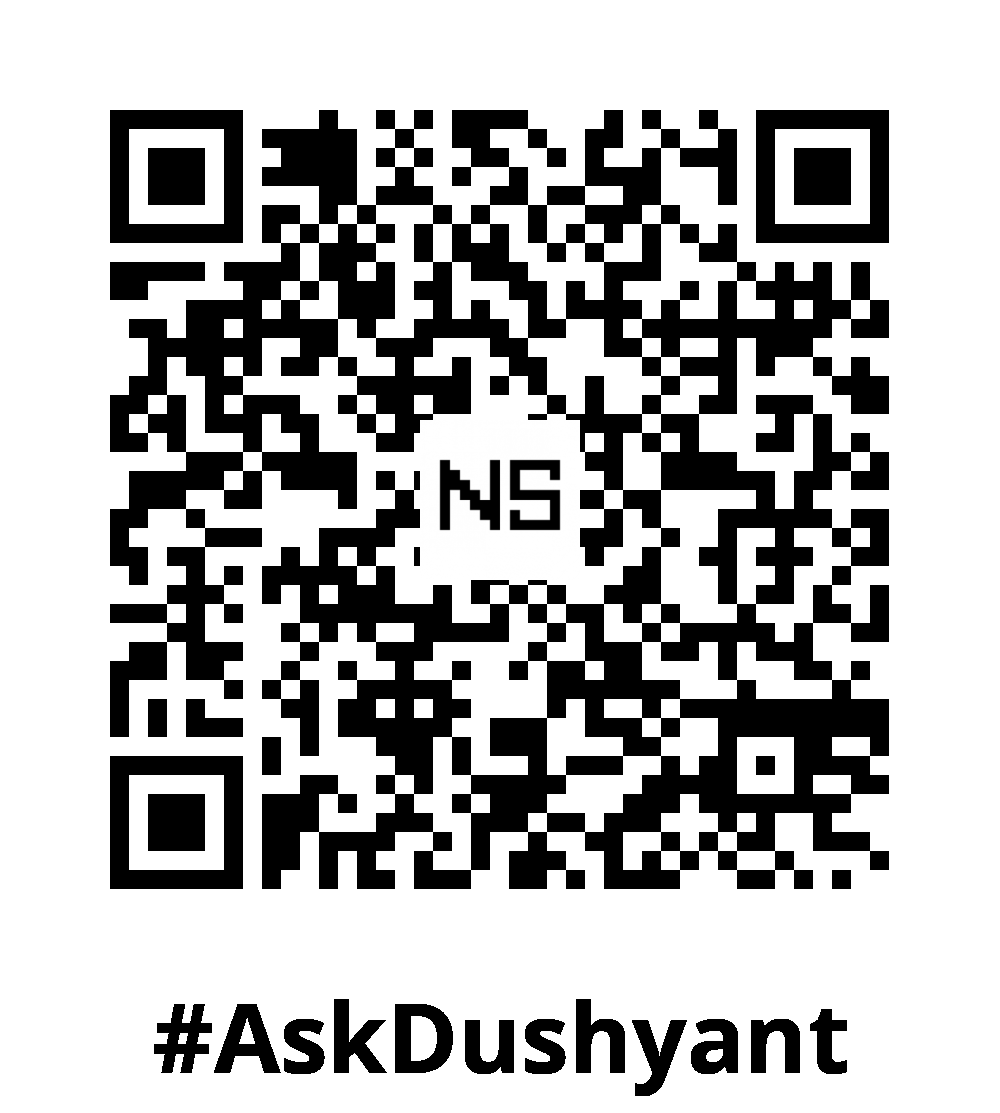Drawing on my extensive 18-year career in the tech corporate software domain, Integration testing plays a critical role in ensuring that different components of an application work seamlessly together. As applications grow in complexity, the need for effective integration testing becomes paramount. In this tech post, we will explore the importance of integration testing, delve into its types, and provide examples to demonstrate how to test communication between different modules, services, and databases.
What is Integration Testing?
Integration testing is the process of testing the interactions between integrated components or systems. Its main goal is to verify that different modules work together as expected and that data flows seamlessly between them. Integration testing is essential in identifying issues related to component interfaces and ensuring smooth collaboration within your software.
Why It Matters
As software applications become more complex, ensuring that various parts communicate effectively is vital. Integration testing uncovers interface defects and data flow issues, making it easier to identify potential problems early in the development process.
Types of Integration Testing
Integration testing can be categorized into several types:
1. Big Bang Integration Testing
In this approach, all components are integrated at once and tested together. This method can work well for smaller applications but may become unwieldy for larger systems.
2. Incremental Integration Testing
In incremental integration testing, components are integrated and tested one at a time. This approach can be divided further into:
- Top-Down Integration: Testing starts from the top-level modules and works downward, using stubs for lower-level modules.
- Bottom-Up Integration: Testing begins with lower-level modules and progresses upward, using drivers to simulate higher-level modules.
- Sandwich Integration: A combination of both top-down and bottom-up approaches.
Importance of Integration Testing
- Identifying Interface Issues: Integration testing helps uncover problems in how different modules communicate, ensuring data is passed correctly and actions are synchronized.
- Early Detection of Bugs: Catching integration issues early can save time and resources, preventing these bugs from affecting later stages of development.
- Improving System Reliability: By verifying that components work together as expected, integration testing enhances the overall reliability of the application.
How to Perform Integration Testing
- Set Up the Environment: Ensure that your testing environment closely resembles the production environment. This includes configuring databases, APIs, and any external services your application relies on.
- Write Integration Tests: Create test cases that validate interactions between components, focusing on critical paths and data flow.
- Use Mocks and Stubs: Simulate external dependencies to isolate tests and ensure you’re testing the actual integration logic.
Example: Testing API Integration
Suppose you have an e-commerce application with separate services for order processing and payment processing. Here’s an integration test that verifies when an order is placed, the payment service receives the correct payment request:
import requests
def test_order_payment_integration():
# Simulate placing an order
order_data = {
"item_id": 123,
"quantity": 1,
"user_id": "user_456"
}
order_response = requests.post('http://localhost:5000/api/orders', json=order_data)
# Verify that the order was successfully created
assert order_response.status_code == 201
# Check that the payment service was called with the correct data
payment_data = {
"order_id": order_response.json()['id'],
"amount": 100.0 # Example amount
}
payment_response = requests.post('http://localhost:5001/api/payments', json=payment_data)
assert payment_response.status_code == 200In this example, the test checks whether placing an order successfully triggers the payment service with the correct information.
Best Practices for Integration Testing
- Automate Tests: Use automated testing tools to run integration tests frequently. This ensures that integration issues are identified early and continuously.
- Focus on Critical Interactions: Prioritize testing the most crucial interactions between components to validate data flow and business logic.
- Document Tests and Results: Keep detailed documentation of your integration tests and their outcomes. This aids in understanding issues and tracking improvements over time.
Common Challenges in Integration Testing
- Complex Dependencies: As systems grow, the number of dependencies increases, making it challenging to set up tests that accurately reflect real-world conditions.
- Data Management: Ensuring that test data accurately represents production data can be difficult. Use tools to create and manage test data effectively.
- Versioning Issues: Keeping track of changes in APIs or modules can lead to integration failures if not managed properly.
My TechAdvice: Integration testing is essential for ensuring that different components of your application work together seamlessly. Use it wisely and create a checklist for all critical junction points. By validating interactions between modules, services, and databases, you’ll catch issues early, enhance system reliability, and ensure a high-quality product. Implementing integration testing in your development process is not just a best practice; it’s a necessity for building robust software applications.
#AskDushyant
#TechConcept #TechAdvice #SoftwareTesting #Testing #IntegrationTesting
Note: The example pseudo code is for illustration only. You must modify and experiment with the concept to meet your specific needs.


Leave a Reply